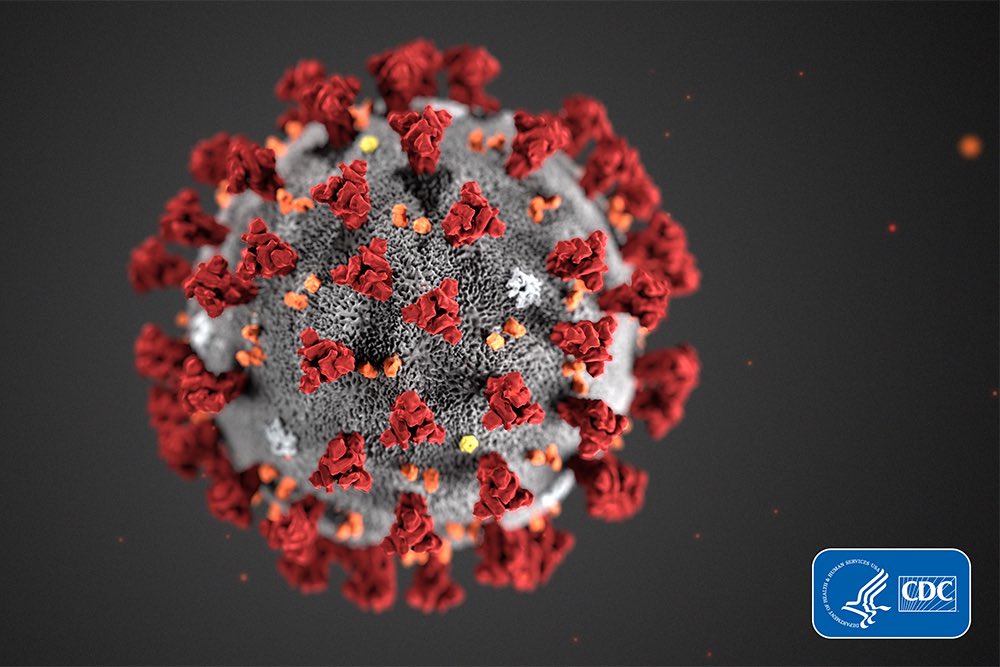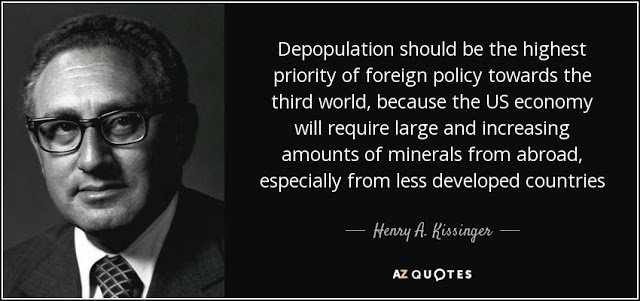But what can be questioned is the denominator - the # active cases
As testing is not comprehensive and wide, it is possible the active cases are being understated.
Here's one scenario for the peaks in both countries -
1% of population gets infected in US
0.2% of population gets infected in India
Lower in India given our population is significantly rural + hotter weather etc
Peak infection count of -
3MM in US
2MM in India
It would mean infections will increase by 111x w.r.t today in US and 6000x in India
What does that mean in terms of cumulative ICU demand -
111K in US (1000 X 111)
90K in India (15 X 6000)
People recover all the time from Covid. So at any given point, the ICU demand might be 30% of this -
111K X 0.3 = 33K
90K X 0.3 = 27K
So clearly the healthcare system would be overwhelmed!
But this is assuming your current "denominator" is correct.
Which it is most definitely not.
Let's suppose the actual infected # in US today is 270K not 27K
And the actual infected # in India is 3300 and not 330
But instead 11 and 600!
Which means cumulative Corona ICU demand of 11K and 9K
At any given point the ICU demand will be 0.3X11K and 0.3X 9k
That would be 3.3K and 2.7K
Very much manageable
So Clearly this latter scenario is also concerning. But nowhere close to being apocalyptic unlike the first scenario
Depending on what the current infection rate is, you get a much better sense of how stretched you will be when the infection peaks in the next month or so.
Now where does social distancing fit in this whole scheme of things -
Among all the assumptions in this thread, the one figure impacted by social distancing is 0.3 - the factor applied to cumulative ICU demand to get ICU demand at a given point in time
You basically flatten the curve, which means the active ICU demand at a point in time is a smaller proportion of cumulative Corona ICU demand













